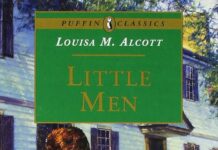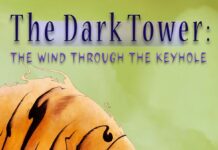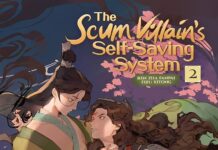In the labyrinthine world of ancient texts and hidden secrets, few novels invite readers to journey as compellingly as Arturo Pérez-Reverte’s The Club Dumas.Blending elements of literary intrigue, historical mystery, and gripping suspense, the book weaves a complex tapestry where manuscripts hold the keys to both truth and deception. This review seeks to unravel the layers of Pérez-Reverte’s narrative, exploring how The Club Dumas captivates with its erudition and enigma, and examining the delicate interplay between fact and fiction that defines the novel’s enduring allure.
The Intricate Dance of Mystery and Literature in The Club Dumas Explored in Depth
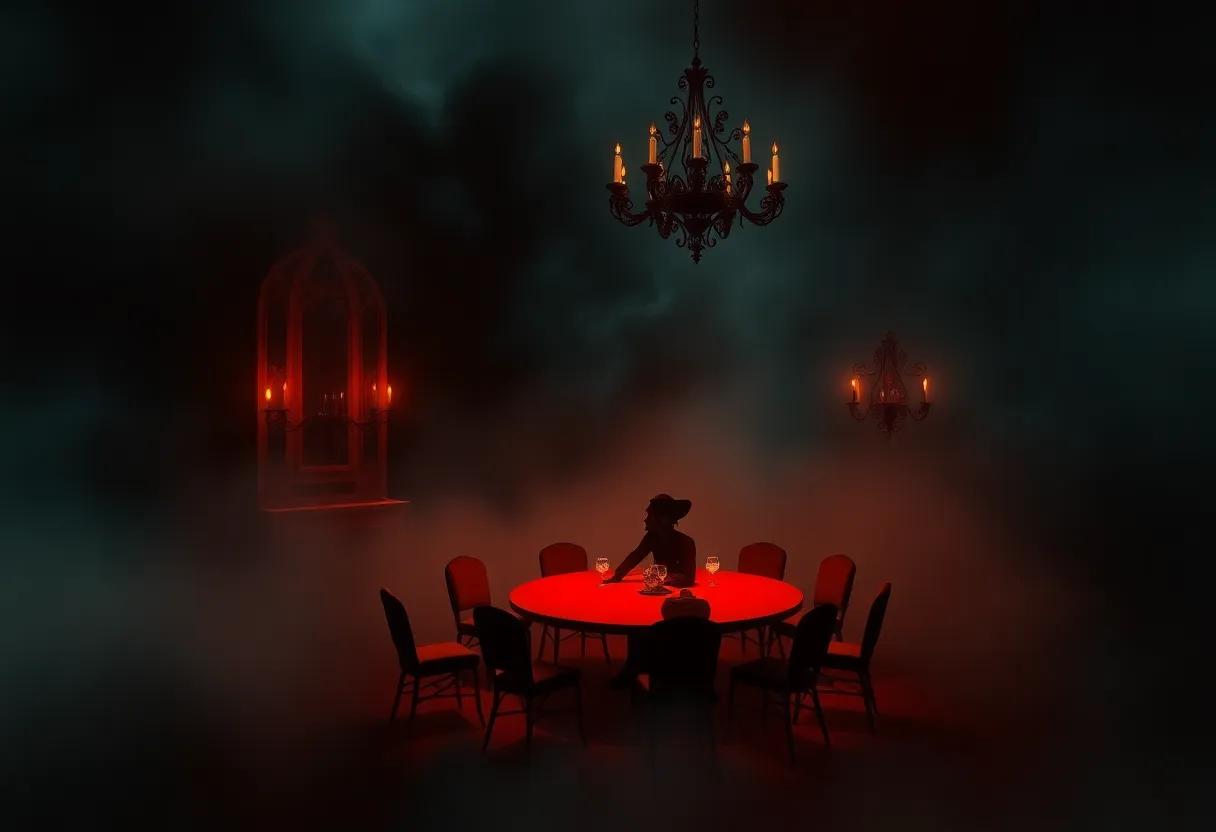
The novel weaves a tapestry where the allure of ancient texts meets the suspense of a well-crafted thriller. Its narrative expertly balances the enigmatic atmosphere of dusty libraries and forgotten manuscripts with the palpable tension of a mystery unraveling. as readers flip through the pages, they are invited to participate in an intellectual quest-decoding cryptic clues and assembling fragmented histories.This dance between the literary and the mysterious is not merely a backdrop but a living, breathing character within the story, driving curiosity and compelling the reader’s imagination to delve deeper.
central to the novel’s charm is the interplay between characters and their relationship to the written word.Each persona is drawn with care, embodying distinct facets of literary passion:
- The Scholar: Obsessed with uncovering rare volumes and hidden meanings.
- The collector: Motivated by the allure of ownership, blurring lines between preservation and possession.
- The Detective: Utilizing intuition and logic to navigate the labyrinth of textual enigmas.
The tension created between these roles amplifies the plot’s depth, making the pursuit of manuscripts as thrilling as any classic mystery. Below, a brief comparison of these archetypes highlights their core traits and narrative contributions.
| Role | Core Motivation | Narrative Function |
|---|---|---|
| The Scholar | Knowledge & Interpretation | Unlocks hidden meanings |
| The Collector | Possession & Status | Drives conflict & desire |
| The Detective | Truth & Resolution | Advances plot through logic |
How historical Manuscripts Shape the Twisting Narrative of The club Dumas
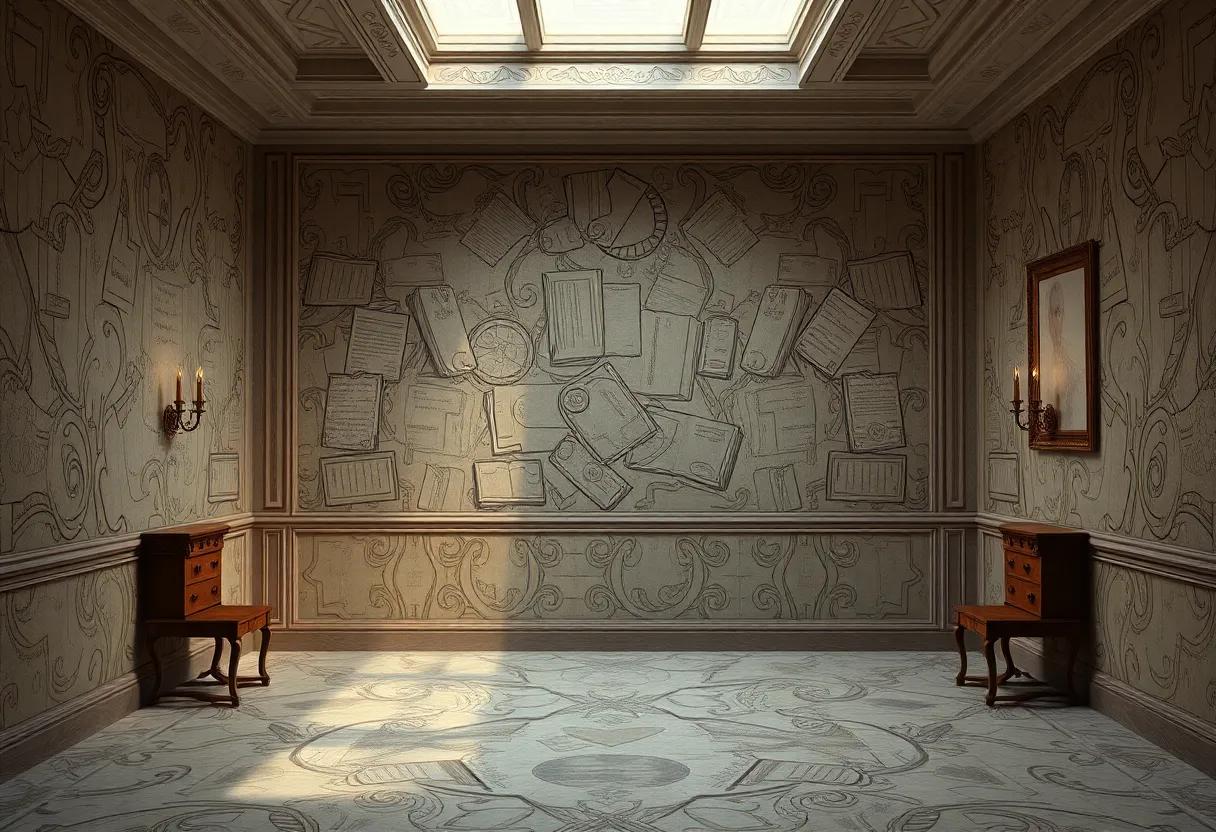
Historical manuscripts are more than mere relics; they serve as vital, enigmatic threads woven into the fabric of the plot, pulling readers deep into a labyrinth of intrigue. The dusty pages and cryptic marginalia aren’t just decorative elements-they function as keys that unlock hidden truths and secrets, shaping the very trajectory of the narrative. As the protagonist navigates a shadowy world of rare books and clandestine collectors, each manuscript encountered acts like a circular echo of the past intruding upon the present, blurring lines between reality, myth, and obsession. These documents are catalysts, compelling not only action but transformation.
Consider the particular qualities embedded in these manuscripts that nourish the story’s eerie atmosphere:
- Authenticity: The vividly detailed descriptions bring a tangible weight, making the esoteric accessible and believable.
- Symbolism: Each manuscript is steeped in allegories, challenging the protagonist’s-and the reader’s-perception of truth.
- Intertextuality: References to classical literature create a multilayered dialog across centuries, enriching the mystery.
| Manuscript Element | narrative Impact |
|---|---|
| Marginal Notes | Expose hidden clues, altering perceived motives. |
| Obscure References | Invite characters and readers to decipher codes. |
| Damaged Pages | Symbolize lost knowledge and fractured history. |
A Close Look at the Symbolism interwoven with Occult Themes Throughout the Novel
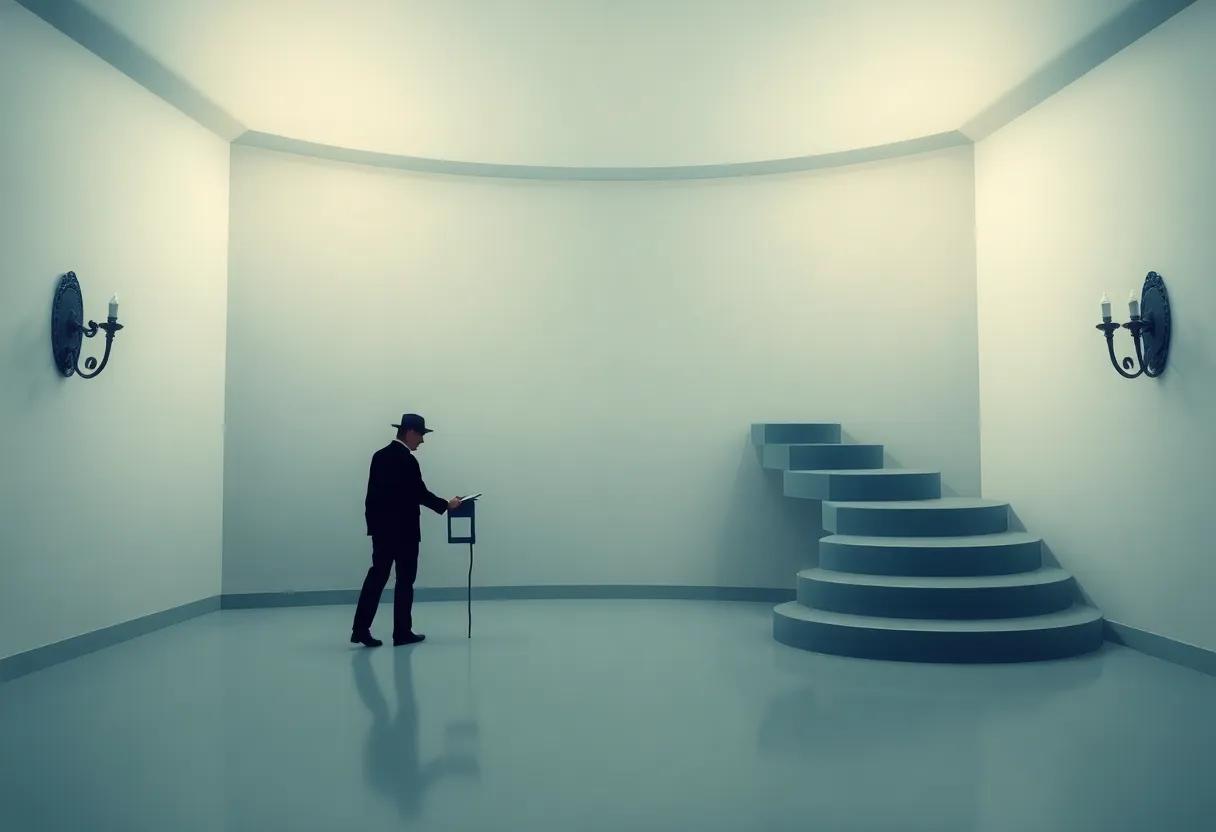
The novel skillfully embeds occult symbolism that acts as both a literary device and a thematic undercurrent, enriching the narrative with layers that challenge the reader’s perception. From cryptic manuscripts to esoteric rituals, each symbol is meticulously crafted to evoke a sense of mystery intertwined with hidden knowledge. The subtle presence of alchemical motifs, invoking transformation and the quest for the philosopher’s stone, parallels the protagonist’s own journey through deception and enlightenment. Such symbolism is not merely ornamental but operates as a cipher, urging the reader to engage with the text on a deeper interpretative level.
within the fabric of the story, recurring motifs like the pentagram, the angelic and demonic dichotomy, and coded bibliophilic references serve as keys unlocking broader thematic concerns such as morality, knowledge, and power. These symbols often manifest in unexpected forms-ancient books, shadowy figures, or enigmatic phrases-crafting a labyrinthine trail readers are invited to navigate. Below is a concise overview of key symbolic elements and their narrative functions:
| Symbol | Meaning | Narrative Role |
|---|---|---|
| Pentagram | Protection & Power | Guides protagonist’s moral choices |
| The Devil’s Manuscript | Forbidden Knowledge | Catalyst for plot and conflict |
| angelic Figures | Good vs Evil | Symbolizes duality and redemption |
- Esoteric texts: act as a bridge between reality and the supernatural.
- Cryptic rituals: Highlight the tension between belief and skepticism.
- Obscure symbols: Encourage active interpretation and mystery.
The Role of literary References in Enriching the Reader’s Journey Through The Club Dumas

The tapestry of The Club Dumas is woven with intricate literary allusions that function as both a map and a maze for the reader. Each reference acts as a gateway, inviting enthusiasts of classic and arcane texts to dive deeper into a narrative that transcends its surface mystery. By interspersing nods to authors from Alexandre Dumas to Jorge Luis Borges,the novel enriches the experience,making the act of reading feel like an intellectual treasure hunt.These references do more than adorn the plot-they challenge readers to engage with the novel’s themes at a meta-level, merging fiction with the rich heritage of literature itself.
To further appreciate this layer, consider how the literary elements extend beyond mere homage into the novel’s structure and character development:
- Characters reflect literary archetypes, blending the detective’s keen eye with that of the classic reader.
- Plot twists mirror the complexity of puzzles found in works by the likes of edgar Allan Poe.
- Symbolism derived from alchemical and bibliophilic traditions deepens the thematic resonance.
| Literary Reference | Significance |
|---|---|
| alexandre Dumas | Inspiration for the novel’s core mystery and title |
| Jorge Luis Borges | Conceptual puzzles and labyrinthine storytelling |
| Edgar Allan Poe | Themes of death, obsession, and detective work |
Unpacking the Puzzle of Dual Storylines and Their Impact on Suspense and Engagement
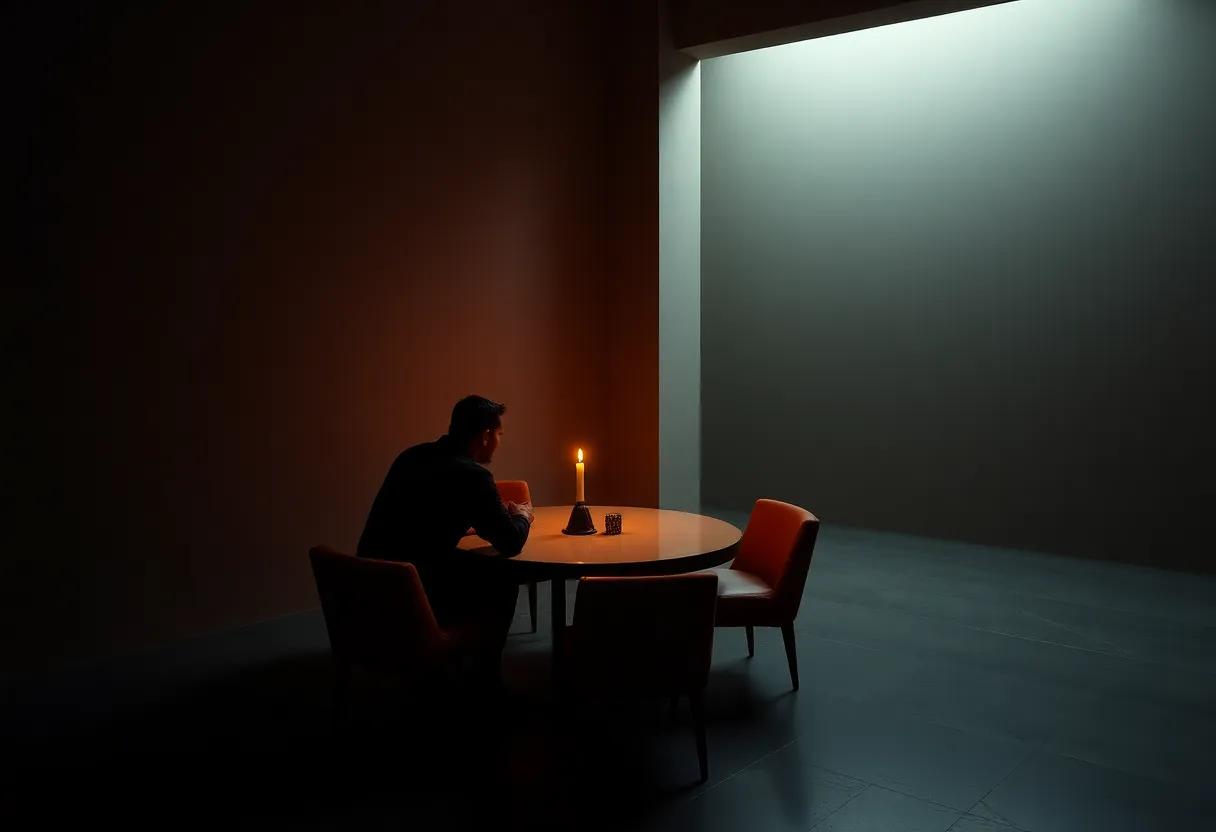
In The Club Dumas, the narrative masterfully intertwines two distinct storylines that, at first glance, seem unrelated but gradually converge to fuel the novel’s gripping suspense. One thread follows the protagonist’s modern-day quest involving rare books and shadowy conspiracies, while the other delves into a mysterious manuscript’s historical origins steeped in occult mystique. This duality not only enriches the texture of the story but also invites readers to oscillate between timelines, piecing together clues like an intricate literary jigsaw puzzle. The constant shifting keeps the audience intellectually engaged, creating an atmosphere where suspense is not just about what happens next, but about how the seperate narratives will ultimately collide.
What sets the book apart is how these parallel storylines amplify key themes through contrast and complement.The contemporary plot unravels layers of deception and human motive, while the historical flashbacks provide a haunting backdrop of legend and myth.This balance can be illustrated in the table below, highlighting their unique contributions to reader engagement:
| Storyline Aspect | Contemporary Thread | Historical Flashbacks |
|---|---|---|
| Atmosphere | Concrete, suspense-driven investigation | Mysterious, otherworldly, and symbolic |
| Character Depth | psychological complexity and moral ambiguity | Mythic archetypes and symbolic figures |
| Audience Engagement | Clue-hunting and plot twists | Interpretative and thematic resonance |
- Layered complexity: Dual storylines demand active reader participation to synthesize the plotlines.
- Tension build-up: Alternating chapters create rhythm, preventing narrative fatigue.
- Thematic depth: Juxtaposition allows broader exploration of motifs like faith, obsession, and truth.
Character Development and Its Influence on the Intriguing Plot Dynamics of The Club Dumas
The complexity of The Club Dumas is deeply rooted in its rich character tapestry, where every individual not only propels the narrative forward but also embodies the novel’s overarching themes of obsession and literary intrigue. Lucas Corso, the enigmatic book detective, is crafted with a blend of intellect and vulnerability that invites readers into his labyrinthine psyche. His interactions with other characters-ranging from enigmatic antiquarians to shadowy collectors-add layers of tension and ambiguity, making every motive suspect and every alliance fragile. This fluidity in character roles keeps the plot mercurial and unpredictable, enhancing the suspense that envelops the manuscript hunt.
The dynamic interplay among characters can be mapped through their evolving objectives and relationships, which weave a complex network essential for the story’s propulsion. These shifting alliances and betrayals are not merely plot devices but reflections of the novel’s meditation on trust and truth. Here’s a brief overview of key character influences within the narrative structure:
| Character | Role | Plot Influence |
|---|---|---|
| Lucas Corso | Protagonist / Book Detective | Drives investigation with skepticism and charm |
| Ariadne | Bibliophile / Love Interest | Complicates Corso’s quest through emotional depth |
| Vázquez | Scholarly Rival | Challenges Corso’s credibility and intentions |
| Roman Polo | Mysterious Patron | Sets the narrative in motion with cryptic demands |
- Dualities: Characters oscillate between trust and deception, blurring lines between ally and adversary.
- Obsession: Motivations are often tethered to personal fixations on rare books, symbolizing deeper human desires.
- Intertextuality: Character arcs echo the novel’s literary references, enriching the plot’s meta-narrative.
The Artful Blend of Thriller Elements and Intellectual Challenge Presented in the Book
What sets this novel apart is its masterful fusion of a heart-pounding thriller with a cerebral puzzle, crafting a narrative that invites readers not only to follow along but to actively engage.The plot effortlessly intertwines mysterious deaths, secret societies, and ancient texts, pushing the protagonist-and the reader-into a labyrinth of cryptic clues and enigmatic symbols. each chapter builds tension, while together appealing to those with a penchant for literary history and esoteric knowledge, resulting in an experience that thrills both the mind and the senses.
- Complex characters whose motivations challenge readers’ assumptions.
- Embedded references to rare manuscripts that spark curiosity.
- A plot timeline that navigates between reality and legend with precision.
| Element | Role in Story | Impact |
|---|---|---|
| Ancient Manuscripts | Fuel the mystery with layered codes | Engages intellectual curiosity |
| Occult Themes | Create atmospheric tension | Elicits suspense and intrigue |
| High Stakes Investigation | Drives the narrative momentum | Keeps readers hooked |
Rather than relying solely on adrenaline and plot twists, the story is woven with intellectual threads that beckon thoughtful examination. The subtle interplay between myth and reality demands careful attention, inviting readers to piece together fragments of literary allusions, historical trivia, and arcane symbols.This multidimensional storytelling enriches the reading experience, transforming it into an interactive quest that challenges one’s perception of truth and fiction, making the novel as much an exploration of the mind as it is a journey through suspenseful thrills.
Stylistic Choices that Elevate the Narrative Tone and Pacing in The Club Dumas
Puigcorbé’s masterful use of intertextuality breathes life into the narrative, weaving literary allusions seamlessly with the unfolding mystery. This technique not only enriches the story but also compels readers to engage actively, decoding references and parallels that deepen the plot’s complexity. The prose switches effortlessly between suspenseful intensity and reflective calm,creating a rhythm that expertly balances moments of action with intellectual intrigue.This dynamic alternation in tone mirrors the protagonist’s turbulent journey, drawing readers into a dance of anticipation and revelation.
moreover, the novel’s structure employs non-linear storytelling, a stylistic choice that skillfully manipulates pacing while unveiling layers of the plot like peeling back the pages of a cryptic manuscript. This approach is complemented by sharp, concise dialogue and detailed descriptions that heighten atmospheric tension without overwhelming the reader. Consider the following table illustrating how different stylistic elements contribute to tone and pacing:
| Stylistic Element | Effect on tone | Effect on Pacing |
|---|---|---|
| Intertextual Allusions | Intellectual, Enigmatic | Measured, Reflective |
| Non-linear Narrative | Unpredictable, Mysterious | varied, Suspenseful |
| concise Dialogue | Direct, Tense | Fast, Immediate |
| Descriptive Imagery | Evocative, Moody | Intentional, immersive |
- Rhythmic sentence variation guides the emotional cadence.
- Symbolic motifs subtly foreshadow key revelations.
- Strategic chapter breaks heighten suspense at critical moments.
Recommendations for Readers Who Appreciate Complex Mysteries and Literary Allusions
For readers drawn to the intricate dance of layered narratives and cipher-like plots, The Club Dumas offers a feast of intellectual challenge and literary homage. Its labyrinthine storyline rewards those with patience and a keen eye for detail – every clue, every page referenced, echoes a deeper puzzle intertwined with classic literature.Enthusiasts of complex mysteries will find themselves immersed in a narrative that never simply hands over answers but invites you to piece together its riddles alongside the protagonist, igniting a true treasure hunt of minds.
Moreover, the novel’s rich tapestry of allusions to forgotten manuscripts, arcane texts, and enigmatic authors makes it a playground for bibliophiles and literary scholars alike. To enhance your reading experience, consider exploring some complementary works that resonate with the intellectual spirit of The Club Dumas – from esoteric grimoires to detective novels layered with metafictional flair. Here are a few recommendations to accompany your journey:
- The Name of the Rose by Umberto Eco – A masterclass in historical mystery and semiotics.
- foucault’s Pendulum by Umberto Eco – A labyrinthine narrative that weaves conspiracy with intellectual curiosity.
- The Shadow of the Wind by Carlos Ruiz Zafón - Gothic intrigue mixed with profound literary affection.
- House of Leaves by Mark Z. Danielewski – A postmodern anthology of anxiety and narrative complexity.
| Title | Highlight | Recommended For |
|---|---|---|
| The Name of the Rose | Medieval mystery, semiotic puzzles | History buffs and puzzle solvers |
| Foucault’s Pendulum | Conspiracy and metafictional layers | Beliefs and mystery fans |
| the Shadow of the Wind | Gothic atmosphere, literary devotion | Romantics and literary lovers |
| House of Leaves | Unconventional narrative, psychological depth | Experimental narrative seekers |
why The club Dumas Appeals to fans of Genre-Bending Storytelling and Clever Plotting
The Club Dumas captivates readers who delight in stories that defy conventional boundaries, weaving together elements of mystery, historical intrigue, and supernatural folklore into a seamless narrative tapestry. Fans of genre-bending storytelling will appreciate how the novel dismantles rigid genre definitions by presenting a plot that is simultaneously a detective story, a literary puzzle, and a dark fantasy. This blend sparks constant engagement, as readers are invited not only to follow the protagonist’s quest but also to unravel complex layers of intertextual references and esoteric manuscripts. The interplay between real historical texts and imaginative fiction adds an enriching dimension, compelling readers to question the nature of truth and authorship within the story’s labyrinthine structure.
What truly sets the book apart is its masterful plotting, defined by twists that are as intellectually stimulating as they are suspenseful. The narrative’s intricacies encourage an active reading experience, rewarding those who savor piecing together clues and decoding symbolic meaning. Consider the following elements that make the plot a standout:
- Dual narratives: intertwining present-day treasure hunts with historical investigations.
- Esoteric references: invoking rare books, alchemical secrets, and enigmatic characters from literature.
- Metafictional depth: exploring the concept of storytelling itself as part of the mystery.
| Plot Element | Effect on Reader |
|---|---|
| Multilayered mysteries | Keeps readers guessing and analyzing |
| Historical and fictional crossover | Adds richness and authenticity |
| Subtle clues and red herrings | Encourages active problem-solving |
The Book’s Place Within the broader Context of Contemporary Mystery and Thriller Literature
The narrative of The Club Dumas dances expertly on the edges of literary thriller and supernatural mystery, carving a distinctive niche in contemporary fiction. Unlike conventional mysteries that rely heavily on detective work or police procedural elements,this novel invites readers into a labyrinth of esoteric references and occult book hunting.Its interplay between the allure of rare manuscripts and the dark undercurrents of human obsession resonates deeply with aficionados of both genres, creating a hybrid that is cerebral yet pulse-pounding.
In comparison to other works within the modern mystery and thriller landscape, the novel stands out by incorporating metafictional elements and a rich tapestry of literary allusions. To better understand its unique position, consider this breakdown of thematic emphases:
| Aspect | The Club Dumas | Typical Mystery/Thriller |
|---|---|---|
| Setting | International literary milieus | Urban or isolated crime scenes |
| Plot Focus | Rare books and occult puzzles | Crimes and psychological suspense |
| Character Motivation | Intellectual curiosity and obsession | Justice or revenge |
| Narrative Style | Metafictional with layered storytelling | Linear and action-driven |
Through this synthesis, the novel enriches the genre by inviting readers to engage on multiple levels: intellectually, emotionally, and culturally. It pushes the boundaries of what a mystery or thriller can encapsulate, appealing not just to thrill-seekers but also to lovers of literary depth and ambiguity.
Visualizing the Atmosphere and Mood That Set The Club Dumas Apart from Typical Mysteries
From the very first page,The Club Dumas envelops readers in an atmosphere thick with the scent of aged parchment and candle wax,where shadows seem to whisper secrets just beyond sight. Unlike conventional mysteries that rely heavily on plot-driven twists and fast-paced sleuthing, this novel crafts an immersive mood that lingers-an alluring blend of gothic opulence and intellectual mystique. The dimly lit bookshops, the creaking floorboards of forgotten libraries, and the eerie silence punctuated by the faint rustle of turning pages create a sensory tapestry that unravels as subtly as the manuscript at the story’s core.
Such ambiance is brought to life through meticulous details that elevate the narrative, including:
- Historical richness: evoking a timeless world where every manuscript has a story beyond its words
- Symbolic interplay: where literary references weave seamlessly into the eerie undertones
- Psychological depth: characters whose inner struggles mirror the novel’s elusive enigmas
These elements combine,setting The Club Dumas apart from typical mysteries by focusing on the intangible-the feeling of being perpetually on the brink of revelation but never quite seizing it,much like tracking a shadow through the maze of rare books and forgotten lore.
An Insightful Glimpse into the Life and Creative Genius of the Writer Behind The Club Dumas
The mind behind The club dumas weaves narratives that transcend the ordinary, delving deep into the labyrinth of literature and mystery. This writer’s unique ability to blend historical fact with vivid imagination makes their works a treasure trove for book lovers and thrill-seekers alike. Their literary craftsmanship is marked by a meticulous attention to detail,reflected in their command of obscure references and their seamless integration of esoteric lore,which invites readers to play detective alongside the protagonist.
Beyond the enigmatic plots lies a profound passion for the written word itself, driving a creative process that emphasizes:
- Intertextual richness – blending classic and contemporary influences
- Character duality - exploring the blurred lines between heroism and obsession
- atmospheric storytelling – building palpable tension with every page
| Aspect | Creative Approach | Impact on Readers |
|---|---|---|
| Research Depth | Extensive literary and historical study | Authenticity and immersion |
| Narrative Structure | Non-linear and layered storytelling | Engages curiosity and suspense |
| Symbolism | Use of myth and alchemy motifs | Enhances thematic richness |
The Club Dumas proves to be more than just a literary puzzle; it is a labyrinth where history, intrigue, and the love of books entwine seamlessly. While its twists may challenge even the most seasoned readers, the novel invites us to ponder the power of stories themselves-how they can illuminate, obscure, and ultimately transform. Whether you come seeking a straightforward thriller or a meditative journey through the shadows of literature, this tale leaves an indelible mark, much like the mysterious manuscripts at its heart.




